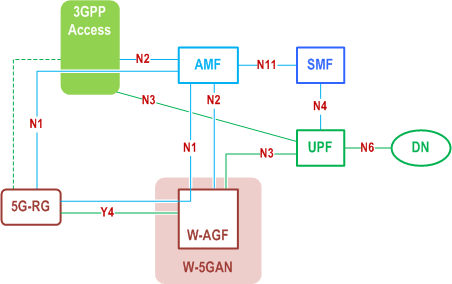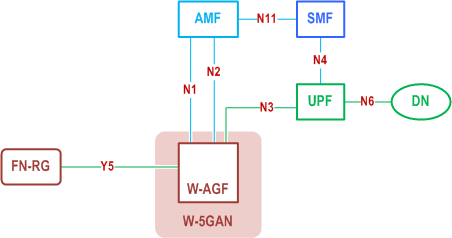TS 23.316
Wireless and Wireline Convergence Access Support
for the 5G System
V18.5.0 (PDF)
2024/03 97 p.
V17.5.0
2023/09 83 p.
V16.9.0
2023/09 84 p.
- Rapporteur:
- Mr. Spini, Marco
Huawei Technologies Co. Ltd.


essential Table of Contents for TS 23.316 Word version: 18.5.0
each title, in the "available" or "not available yet" area, links to the equivalent title in the CONTENT